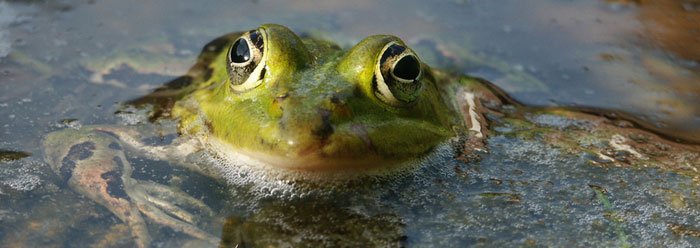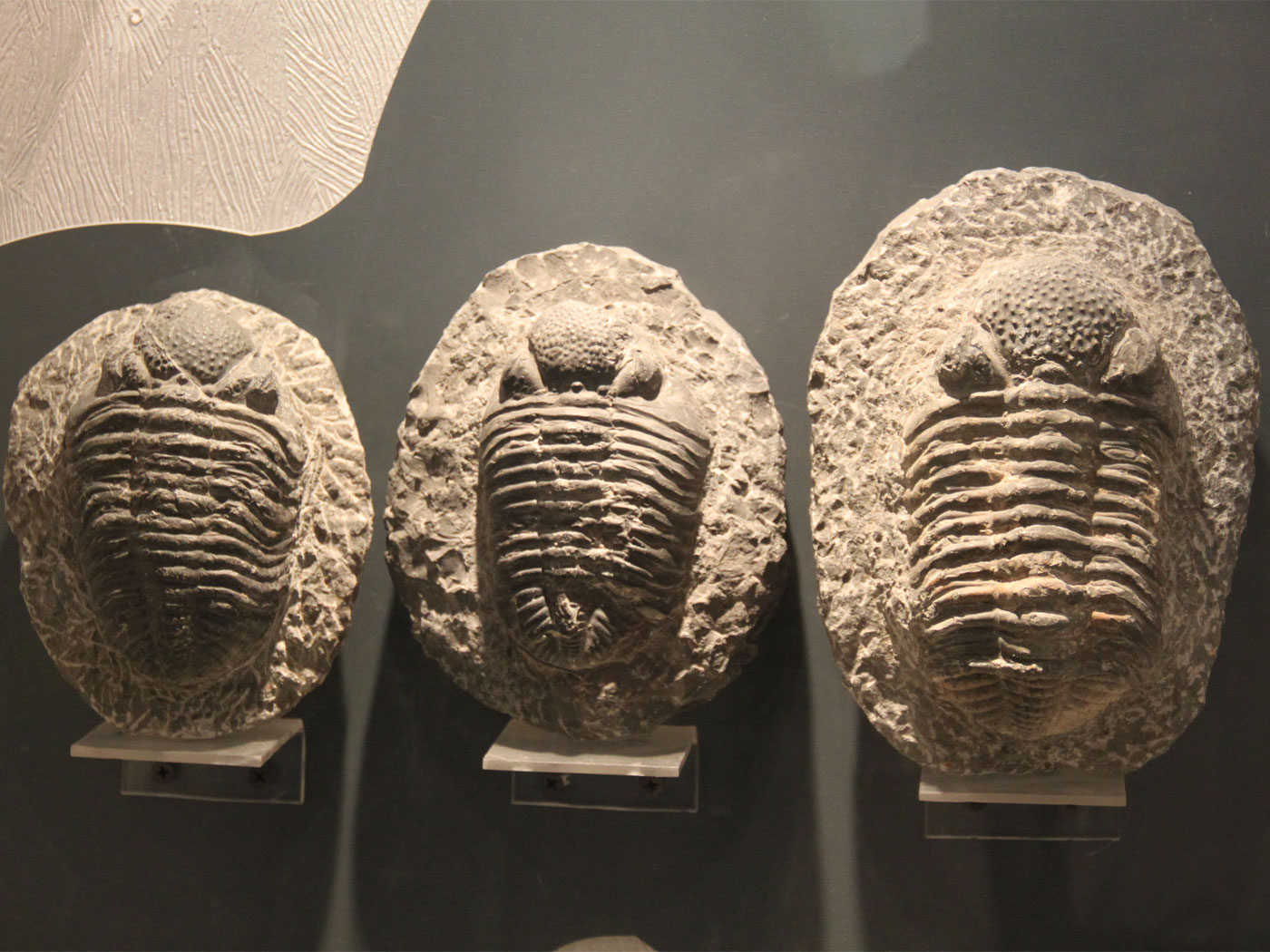Some frogs build nests to hold their eggs by whipping up a kind of floating foam. A recent study discovered that the proper frothy architecture is only achieved by following precise construction parameters. How did the frogs acquire such a sophisticated building technique?
Tungara frogs, native to Central and South America, have to build their nests just right in order to preserve the next generation. Researchers caught the process on camera and were able to discern that “the nesting process is sophisticated.”1 They discovered many interesting specifications that the nest must meet, as well as how these frogs meet them. The nests appear to be part of an irreducibly complex system, meaning that if even one aspect of the nest building procedure is removed, the whole system collapses.
The failure of the nests would spell the end of these frogs. This means that from their beginning, Tungara frogs must have possessed all of the necessary habits and materials for their peculiar nesting recipe.
In their study published in the Royal Society’s journal Biology Letters, co-authors Laura Dalgetty and Malcolm Kennedy outlined the “particular biophysical challenges” that these frogs have to overcome to construct their floating foam fortresses.1 They must first be able to manufacture the right kind of foam, which is trickier than it may at first appear. The foam needs the correct protein material, which the female secretes. While sitting on her back, the male uses his hind feet to mix the secretion with water and “then increasingly with air.” If he doesn’t do it correctly, this “would result in rapid dilution of the surfactant proteins required to create foam,”1 and no nest at all would result. These surfactants are necessary to reduce the water’s surface tension.
In addition to the building specifications of the nest, other factors need to be in place to protect the eggs. With the right material and directions to make a “full quality building foam,”1 anti-microbial and anti-insect factors need to be added to keep the otherwise vulnerable eggs from being consumed. However, these factors must not react negatively with the eggs.
The eggs also have to be placed deeply enough into the foam nest so that they do not dry out. On the other hand, if they are buried too deeply, they couldn't get oxygen. Thus, the whole nest must be maintained at a particular size and shape.
The research showed that the frogs follow a three-phase nest-building process. In all three steps, the male frog mixes for a certain amount of time and rests between mixing. In the first phase, the basement foam is whipped up. In the second and main building phase, the male rests for 14 seconds about 200 times “like clockwork.”2 While the nest is being built, the male places the eggs carefully into its center. In the third phase, the number of rests increases gradually until the nest is complete.
Each detail required for the successful incubation of the eggs is taken care of. The male frog even knows to keep his lungs inflated so that he both remains afloat and positioned to keep the nest rounded. Also, since the eggs can only be protected from UV light damage when they are lying behind a one-centimeter-deep outer cortex, the father frog makes sure they are secured there.
Kennedy told BBC News that these nests “are exposed to full sunlight, high temperatures, all kinds of infections, including parasitic ones, and yet they survive for four days without any damage, until the tadpoles leave―or if there aren’t any eggs, they’ll last for two weeks. And unlike other foams, they do not damage the membranes of eggs and sperm. They are a remarkable biological material.”2 He suggested that this kind of material could have medical applications, such as a spray that could be used with burn victims to protect them from infection.
If the frogs’ foamy material is remarkable, then the precise recipe required to build it is even more so. Unlike the material, the knowledge needed to construct it is immaterial―information placed into this particular frog kind. Just like a baking recipe, it involves material ingredients, certain amounts specified for each, and exact directions on how to manipulate each item to produce a desired product.
But unlike a baking recipe, the end result of this procedure is a new generation of complex, specified life. Such a precise, “sophisticated” process could never have been developed through random, natural forces. Instead, it points to a Creator who brilliantly engineered all things to fit their individual places and purpose.
References
- Dalgetty, L., and M. W. Kennedy. Building a home from foam—túngara frog foam nest architecture and three-phase construction process. Biology Letters. Published online before print January 27, 2010.
- Morelle, R. How to whip up the perfect frothy frog ‘meringue’ nest. BBC News. Posted on news.bbc.co.uk January 29, 2010, accessed February 2, 2010.
* Mr. Thomas is Science Writer at the Institute for Creation Research.
Article posted on February 10, 2010.






















